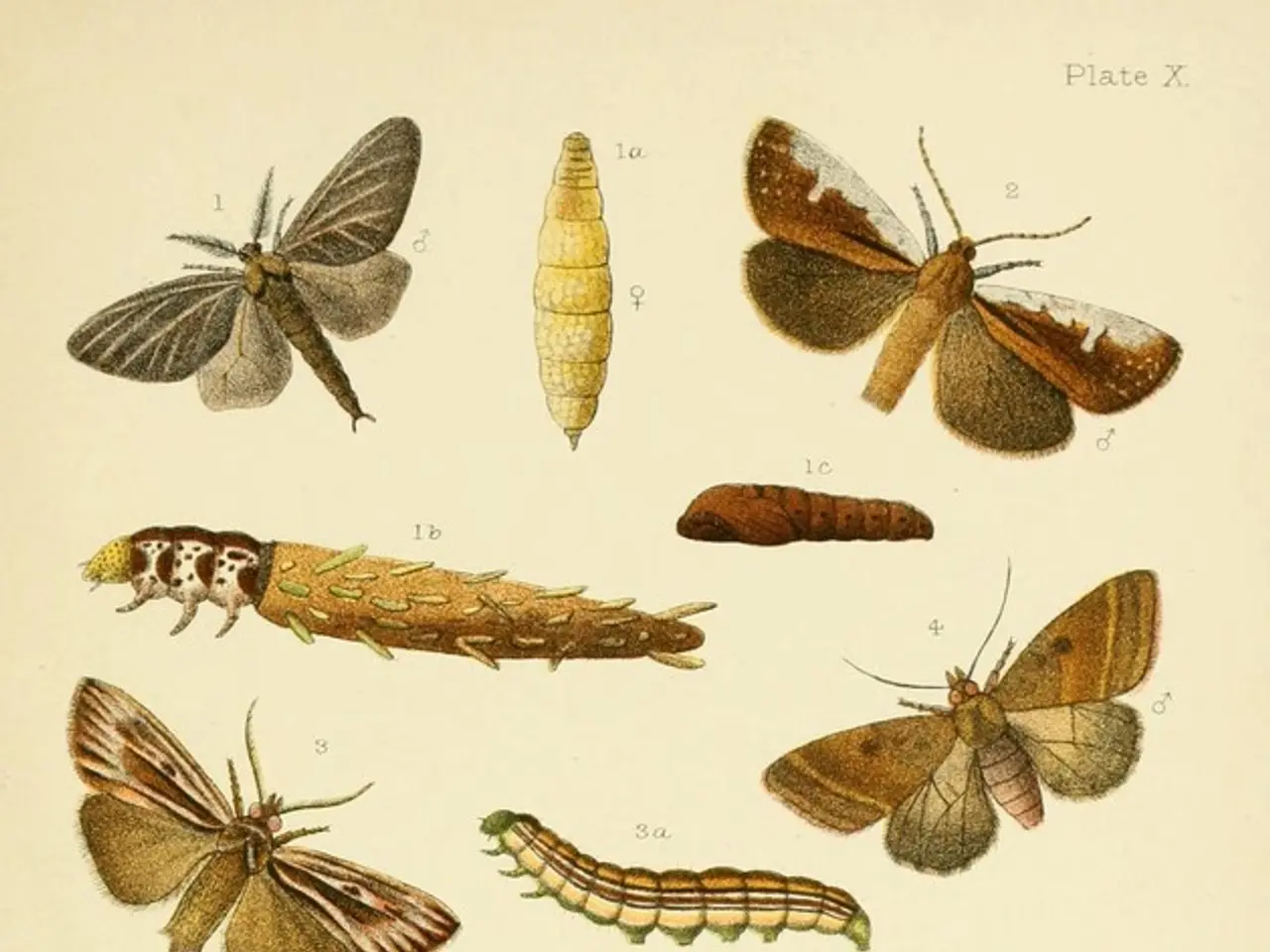Outdoor Math Concepts Drawn from Nature to Fuel Awe and Curiosity
=====================================================================
As resources become scarce and populations slow their growth, following carrying capacity principles, it's clear that mathematics plays a crucial role in understanding the natural world. But did you know that mathematical concepts are not just confined to textbooks? They can be found in every leaf, flower, and creature you encounter.
Nature is an endless classroom where mathematical concepts come alive through real-world examples. One of the most fascinating connections between math and nature is the presence of patterns, symmetry, and geometric shapes in natural structures.
Flowers and pinecones exhibit Fibonacci patterns in the arrangement of petals or scales. These patterns often follow Fibonacci numbers, which relate to the golden spiral, allowing for optimal packing and growth efficiency. Honeycombs are made of hexagons, a shape that efficiently uses space and building material. Hexagonal tessellation minimizes the perimeter for a given area, making it an optimal structure for bees to store honey.
Pinecones, sunflowers, and many plants show spiral phyllotaxis—arrangements following mathematical sequences (Fibonacci) to optimize exposure to sunlight and packing density. Nature often demonstrates symmetry, such as radial symmetry in flowers, which is a repeated arrangement around a central axis, and fractal-like self-similarity in some plants and natural forms.
Allometric relationships in animal growth can be explored through mathematical formulas that describe how different body parts grow at different rates. For instance, brain size increases proportionally to body weight raised to the 0.75 power across mammals. Comparing measurements across different species reveals mathematical scaling patterns.
Students can measure and compare proportions between animals like dogs, cats, elephants, giraffes, wolves, and different bird species to understand these relationships better. They'll use simple equations like dN/dt = rN - aNP to model these relationships and predict future population cycles.
Exploring fractals can help students understand how complex structures emerge from simple mathematical instructions. They can sketch tree branch patterns, measure coastlines at different scales, or create paper snowflakes to grasp the concept of fractals.
The benefits of using nature to teach mathematics are numerous. Making abstract concepts more relatable and engaging for students, providing visual, hands-on learning experiences, and fostering curiosity, critical thinking, and a deeper appreciation for both mathematics and nature are just a few.
Moreover, nature-based math education enhances comprehension, increases student interest, and demonstrates the practical applications of mathematics in everyday life and natural phenomena. By connecting math to the natural world around us, you're opening up a whole new world of learning opportunities.
| Natural Structure | Related Mathematical Concept | Description | |-------------------|------------------------------|------------------------------------------------| | Flowers | Fibonacci numbers, symmetry | Petal arrangements often follow Fibonacci sequence, exhibiting radial symmetry[1][2] | | Pinecones | Fibonacci spirals | The scales form spirals following Fibonacci patterns for packing optimization[2][3] | | Honeycombs | Hexagonal tessellation | Hexagons efficiently fill space to store honey with minimal wax use[1][4] |
References: [1] https://www.sciencedirect.com/science/article/pii/S096014811300337X [2] https://www.nature.com/articles/nature15763 [3] https://www.sciencedirect.com/science/article/pii/S0016667X18303930 [4] https://www.nature.com/articles/nature08780
- Home-and-garden enthusiasts can apply mathematical principles found in nature, such as hexagonal tessellation and Fibonacci spirals, to optimize space usage in their garden designs, just like bees do with honeycombs.
- In education-and-self-development, exploring the mathematical concepts hidden in nature, such as fractals, can provide a unique learning experience that fosters a deeper understanding of the world, while simultaneously enhancing critical thinking skills and appreciation for both mathematics and nature.




